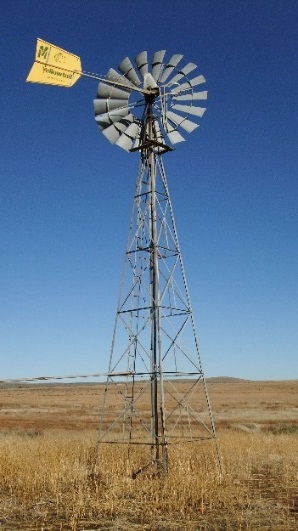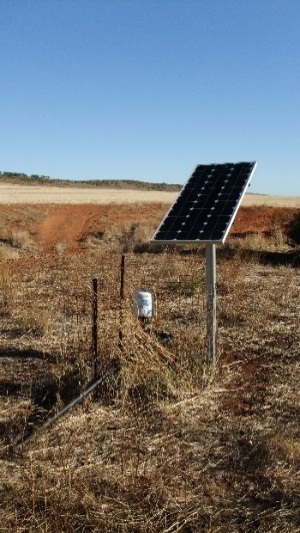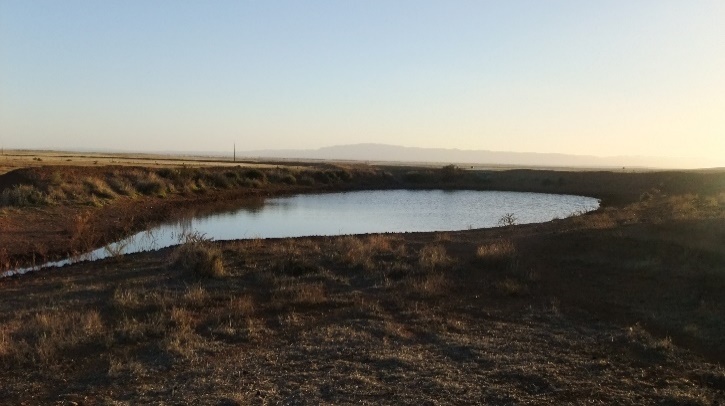Name:
Trevor and Dianne Gum and Rebecca Stone
Location:
Property in both hundreds of Willowie and Pinda, mid way between Orroroo and Wilmington
Average Rainfall:
Average 300mm (200mm in the growing season)
Enterprises:
Approx 500ha leased out for cropping; 800 Merino breeding ewes
Farm Area:
2,200 ha
The Gum’s farm has mainly been based around cereal cropping since the late seventies. In the last two decades the combination of challenging years, changes in ownership of lease and share farming land, rising input costs and the uncertainty in the future climate, has the business refocusing its goals. Gum's run 800 merino ewes which are shorn six monthly, with an average of 21 micron wool. The family's ewes have a lambing percentage of 104%
Increasing the numbers of sheep while decreasing the area dedicated to crop is seen as a strategy that will provide a more reliable return (albeit lower in good times). In doing so the business needs to improve and alter the infrastructure, to run more ewes. One area of particular importance is a reliable water system. A key factor being the ability to handle the demands placed on it during the summer period.
The property has no natural permanent surface water and experiences high evaporation rates. The main source of water currently is from 5 bores; however they struggle with supply under high usage and a couple of them have salinity levels not suitable for younger and lactating stock. Salinity levels in the water ranges from 3,500-8,200 parts per million, and is becoming more salty.
Currently there are two methods of pumping underground water on the property, windmills and solar pumps. The windmills need to be monitored and repairs are expensive.
“Sheeted catchments seem to tick most boxes in regards to ensuring an adequate supply that is of good quality. Location of the sheeted catchment area is flexible, which enables us to choose a suitable elevated site that can supply a major portion of our home block with gravity fed water” said Trevor.
However, other priorities have taken precedence over the setting up of sheeted catchments. One windmill has been retired and replaced with a 240V submersible electric pump with the ability to pump 2 km.
 ;
; 

Finalising a sheeted catchment is still on the long term plans. The sheeted catchment one complete will provide a number of key benefits: